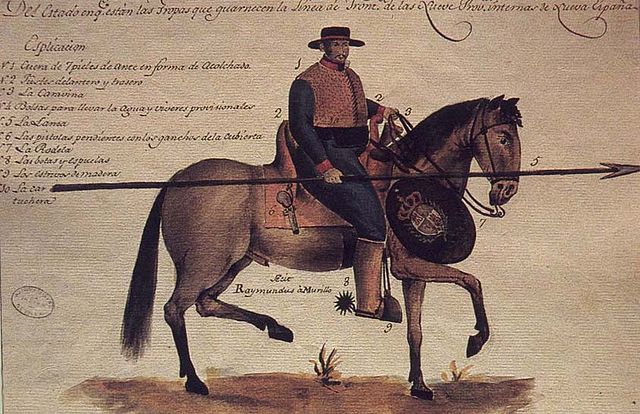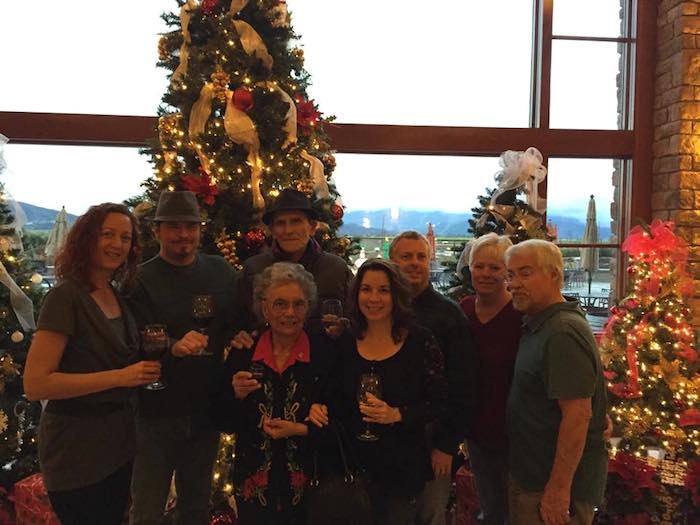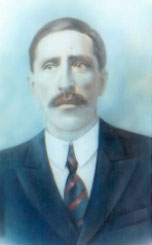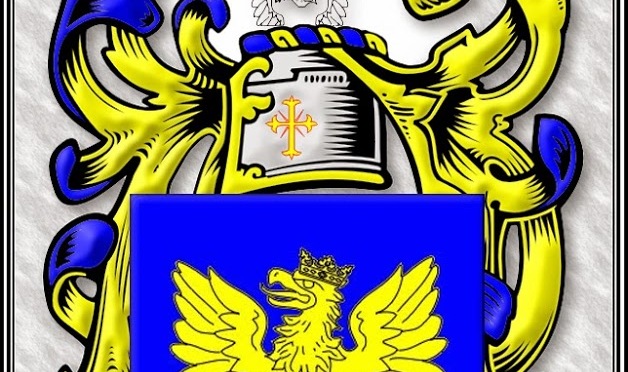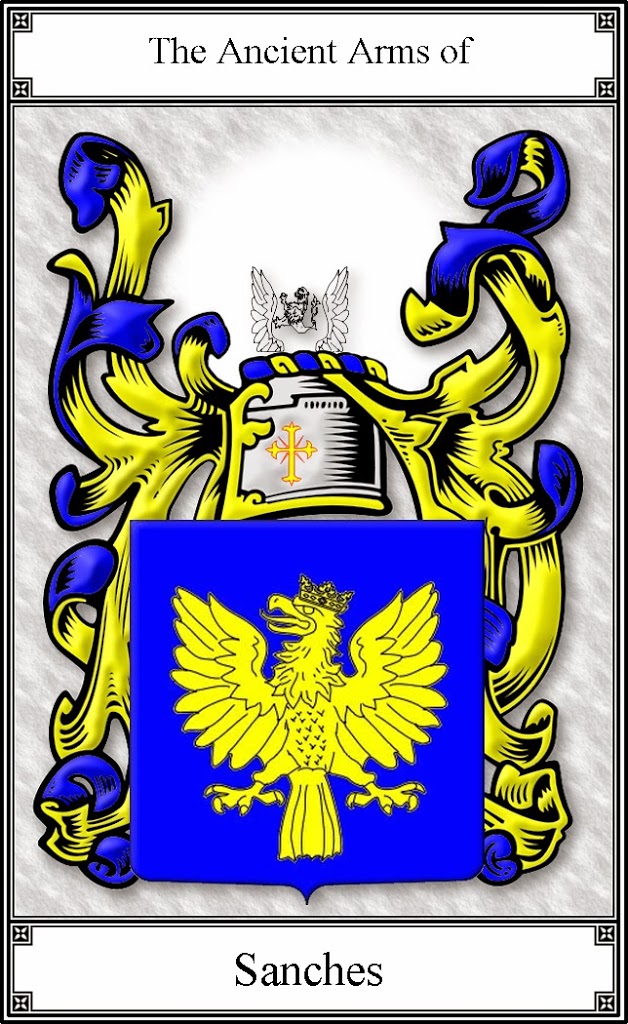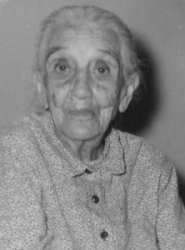 My 16th entry in Amy Johnson Crow’s “52 Ancestors in 52 Weeks” family history blogging challenge for 2015.
My 16th entry in Amy Johnson Crow’s “52 Ancestors in 52 Weeks” family history blogging challenge for 2015.
The challenge: have one blog post each week devoted to a specific ancestor. It could be a story, a biography, a photograph, an outline of a research problem — anything that focuses on one ancestor.
Amy’s 2015 version of this challenge focuses on a different theme each week.
The theme for week 16 is – Live Long. Time to feature a long-lived ancestor. Any centenarians in the family?
My 16th ancestor is my 2nd great-grandmother Maria Aurelia Compean (1858-1963), who lived to the age of 105 years. Or so my family has always thought. Other records place her at 100 years and 95 years old.
Aurelia was one of at least three daughters born to Jose Santiago Compean (b. abt. 1840) and Maria Eutimia Sanches (b. abt. 1834). Her full name was Maria Aurelia Compean Sanches — with Maria being her Saint/Biblical first name, Aurelia her common first name, Compean her paternal surname, and Sanches her maternal surname (see last week’s post about Mexican naming conventions). U.S. records often identify her by the last name of Nieto, the surname of her husband, my 2nd great-grandfather.
Age Discrepancies
Why the discrepancy and uncertainty about Aurelia’s age?
As Reported by Her Children
Aurelia’s children and grandchildren claim she was born in 1858. Whichever of them reported her death on 17 February 1963 gave an 01 January 1858 date of birth to officials for Aurelia, and they also ran an obituary in the Long Beach, California Independent proudly crediting her with 105 years of age. The death record info I have is just the transcribed entry from the California Death Index — which has Aurelia’s birthplace wrong (it lists Maine instead of Mexico!). I am still waiting on the death certificate I ordered from Los Angeles County in March.
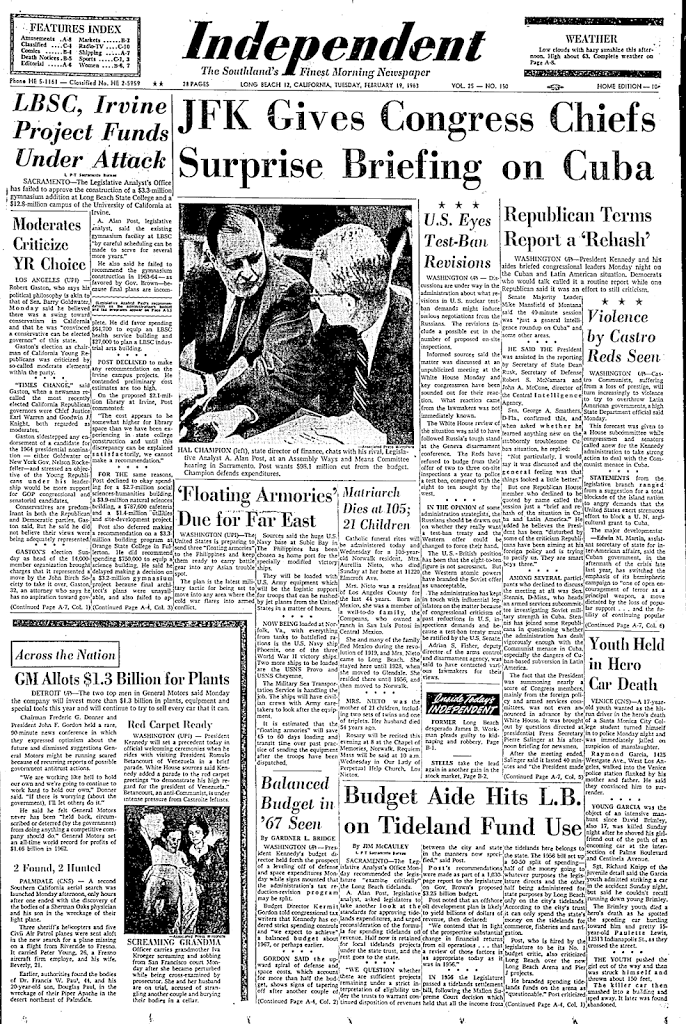

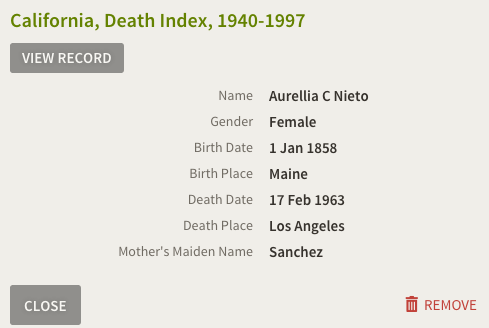
As Reported on the Census
The 1920 U.S. Census and the 1930 U.S. Census estimate a birth year of 1868, based upon the age reported (52 and 64 respectively). Not ages that support the 1858 birth year noted on the California Death Index or in her obituary. I have not yet been successful at finding Aurelia on the 1940 U.S. Census.
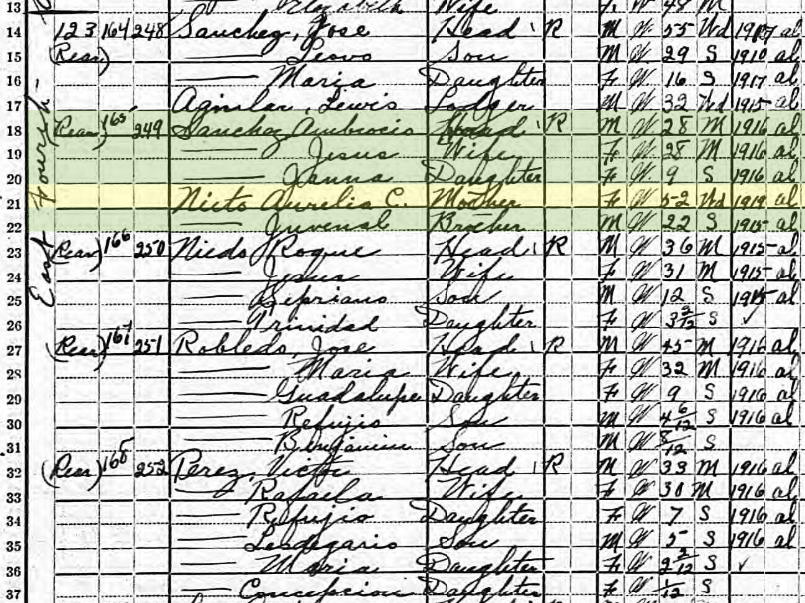

As Reported on Her Baptism Record
Aurelia was baptized 10 January 1864 in San Nicolas Tolentino, San Luis Potosi, Mexico. The baptism transcription index card says she was 10 days old at the time, which would make her born 01 January 1864 or 31 December 1863 — depending on how that 10 days was calculated. Either way, this record does not jive with the 1858 birth year claimed by our family, nor does it correspond with the estimated 1868 birth year calculated in the censuses.
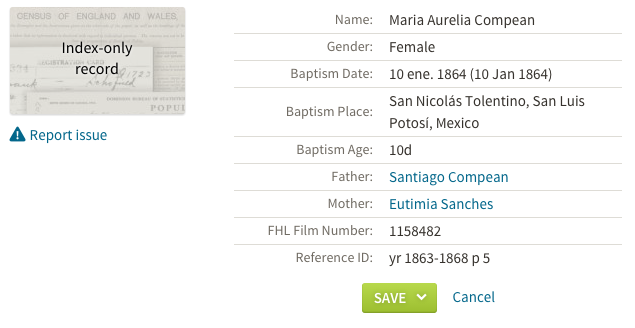
As Reported on Her Border Crossing Record
The border crossing record for Aurelia, estimates her birth year as 1864. Aurelia was admitted into the U.S. on 14 March 1919, in Laredo, Texas, destined for Long Beach, California. The age noted on this record matches what her baptism record age would calculate out to in 1919.
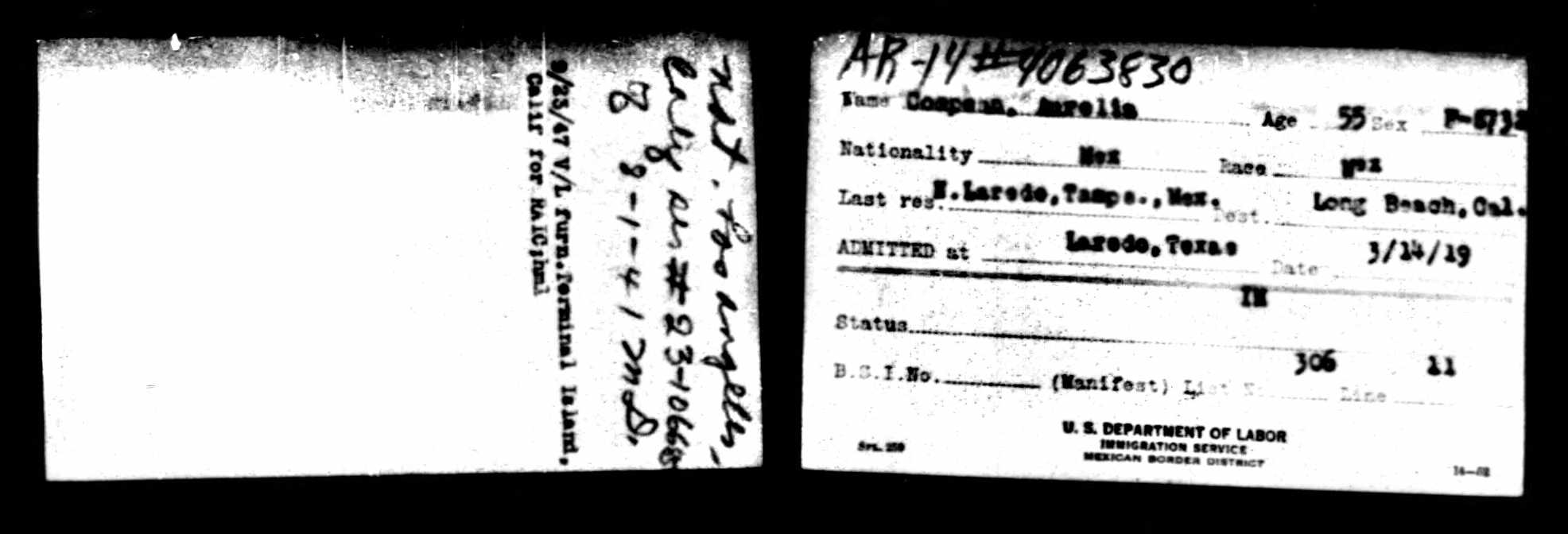
My Hunch
My suspicion is that 1864 is the accurate year, since it is the year most contemporaneously reported at the time closest to her actual birth (10 days after her birth, at her baptism), and the year that was likely self-reported by Aurelia to (Spanish-speaking?) immigration officials at the time of her border crossing. Besides, if she were born in 1858 as her family claims, that means Aurelia’s parents waited six years to have her baptized — something that would never have been acceptable to practicing Catholics. I mentally noted that issue when I first came across her baptism info years ago, and it never sat right with me.
The Census records are close, with an 1868 estimated birth, but somehow I doubt Aurelia is the one who talked to the Census takers — it seems more likely her children would have done so. Although I would think that Aurelia — who did not work outside of the home — would have been present as well.
Although my extended family probably doesn’t want to hear that “Little Grandma” did not live to be 105 years old, I think that 1858 date is the most unlikely of birth years noted for Aurelia, since it was information provided by older children upon Aurelia’s death. Also because I can’t imagine her parents waited six-years to baptize their daughter in a staunch Mexican catholic home and community.
Next Steps
But, I still have more digging to do:
- Locate the actual microfilmed baptism record. If it is included in the Mexico Catholic Church records that have already been digitized, it has not yet been indexed by FamilySearch.
- Investigate if a Civil Registration record exists for her birth. Civil Registration went into effect in Mexico in 1859. If Aurelia was born 1858, there won’t be a record. But if she was born after 1858, there is a chance a record exists, although Civil Registration did not become strictly enforced until 1867.
- Locate the microfilmed copy of her 1883 marriage record, since the Catholic Church usually noted ages for each spouse. If it is included in the Mexico Catholic Church records that have already been digitized, it has not yet been indexed by FamilySearch.
- Locate a Civil Registration record for her 1883 marriage.
I have never found any evidence that Aurelia applied for a Social Security card or for naturalization. If she had, those applications would be written in her own hand (or verbally reported by her to someone who filled out the applications on her behalf), and would include her self-reported birth year.
Once I verify the records outlined above, I will update my database, trees, research log, and the Snapshot box below. Until then, I will let my extended family have their claim to 105 years.
Still…living to “just” 95 years old is pretty darn admirable. I hope Dad inherited her genes!
[contentblock id=5 img=html.png]
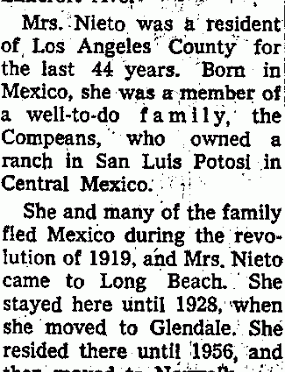
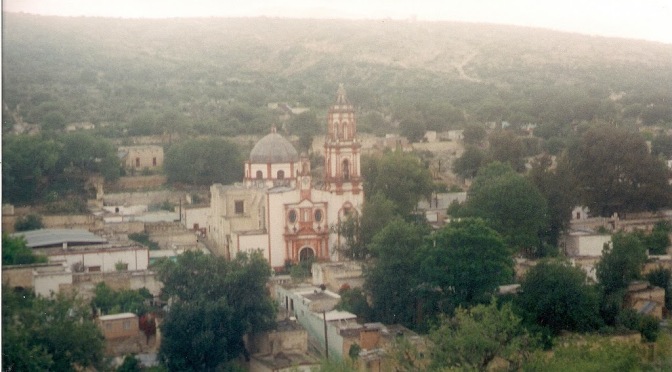
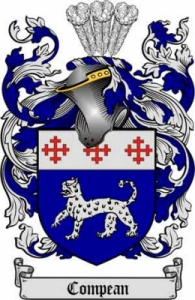 My 15th entry in Amy Johnson Crow’s “
My 15th entry in Amy Johnson Crow’s “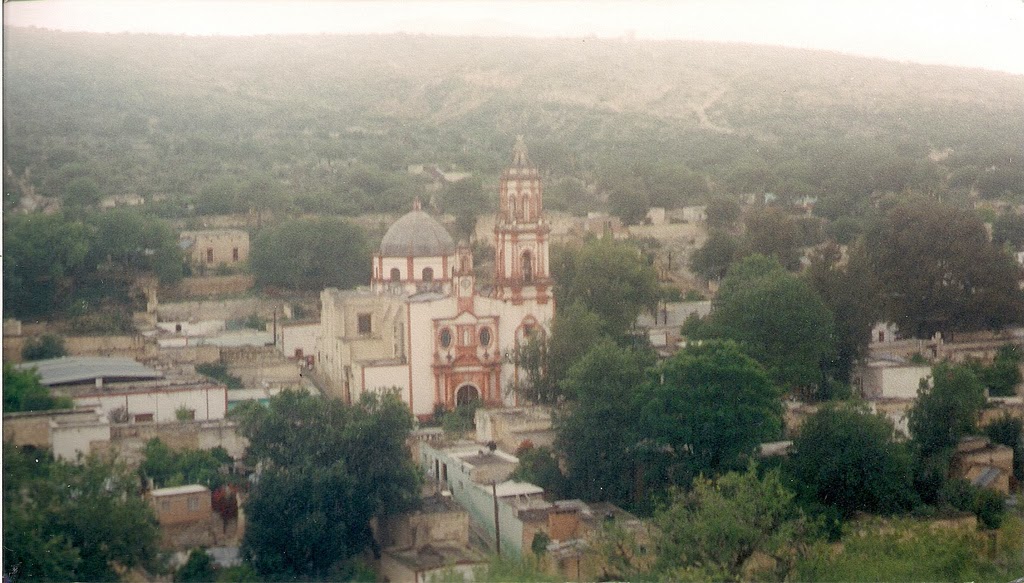
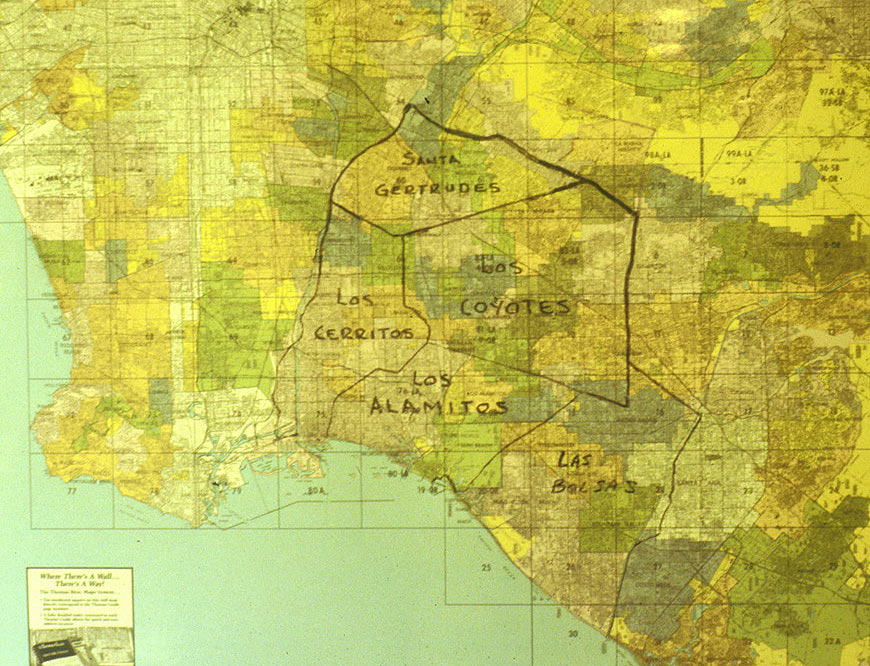
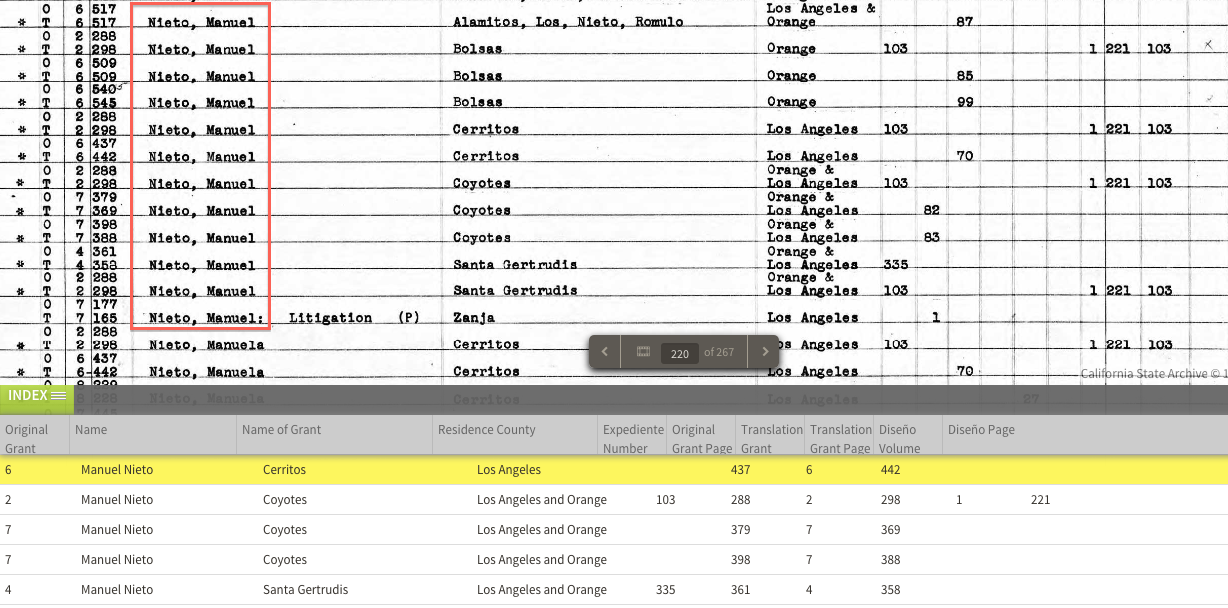
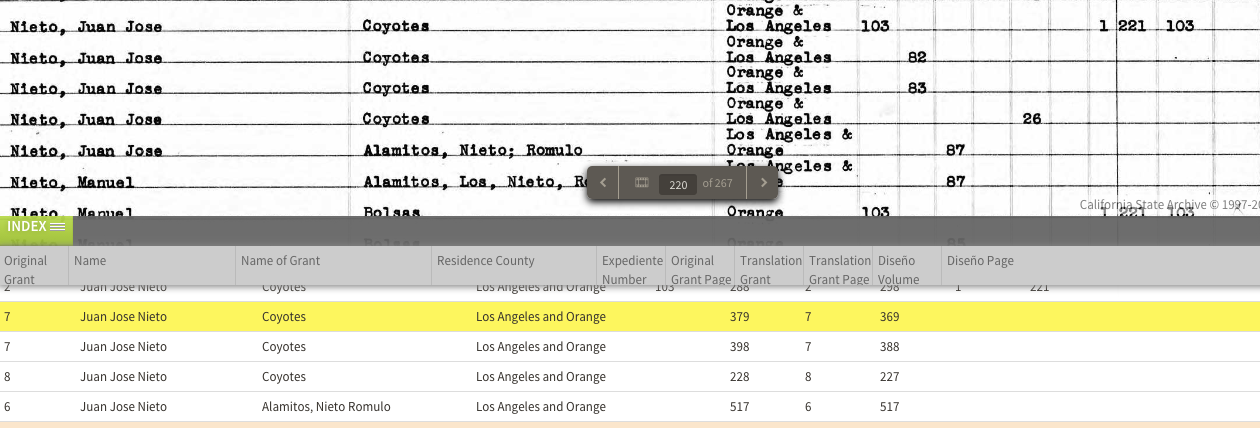
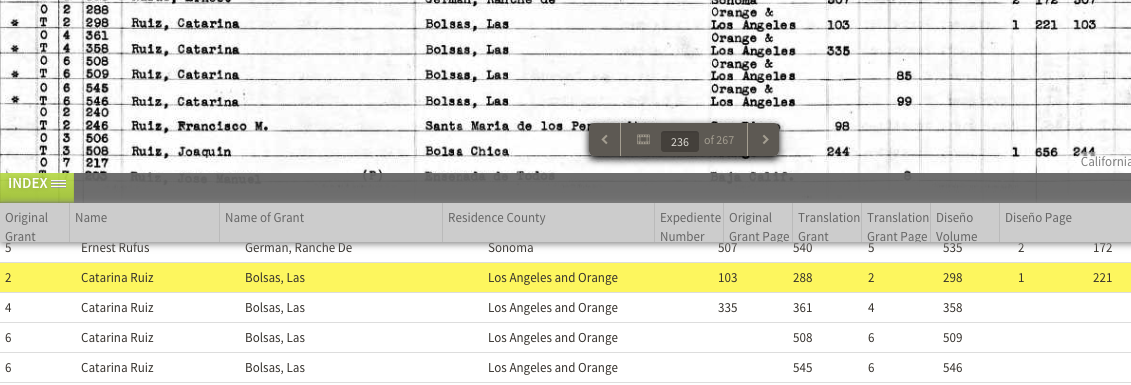




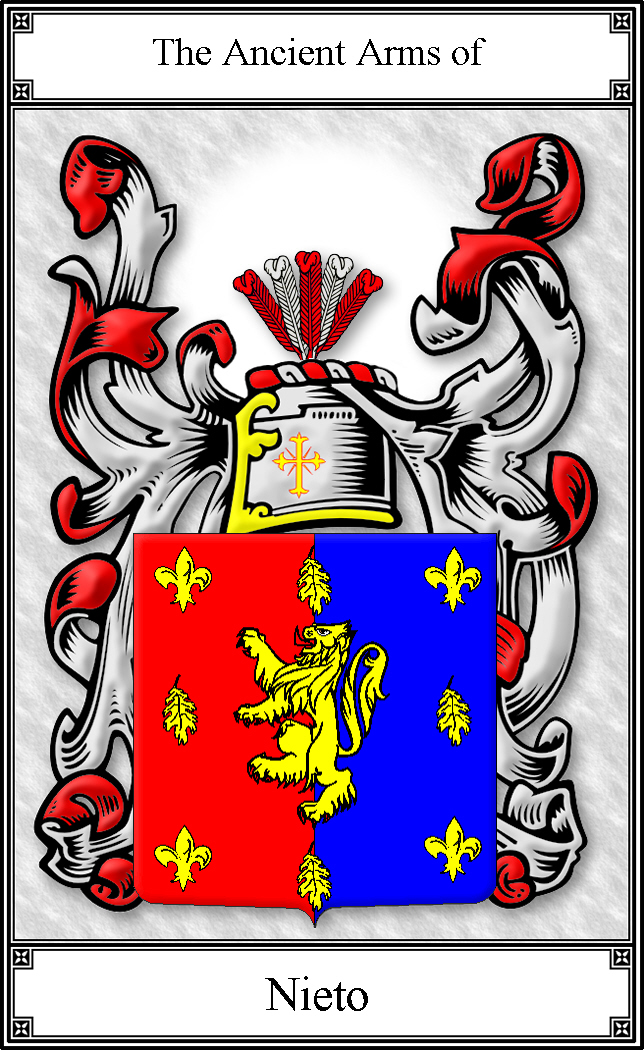
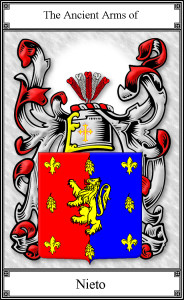 As I mentioned
As I mentioned 